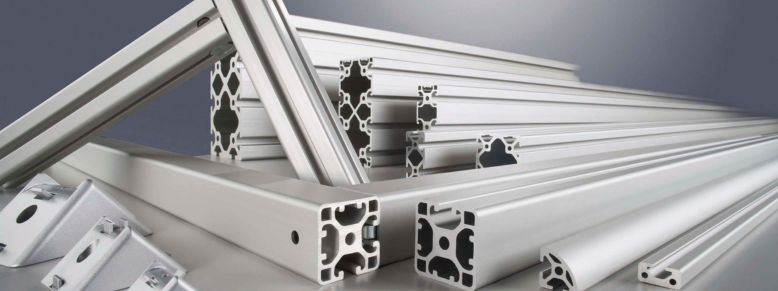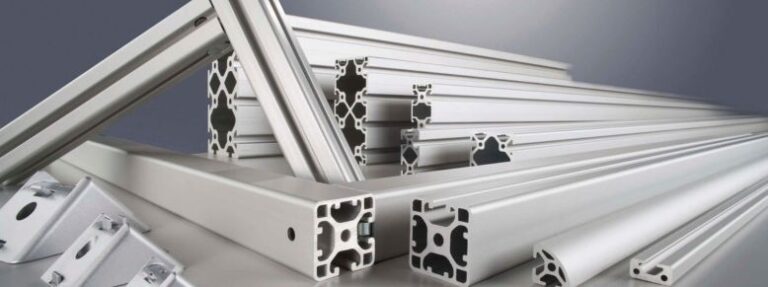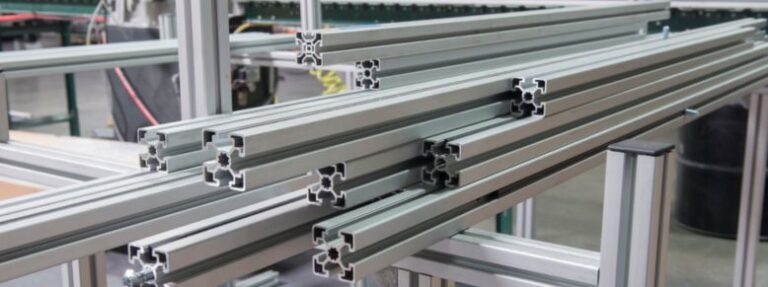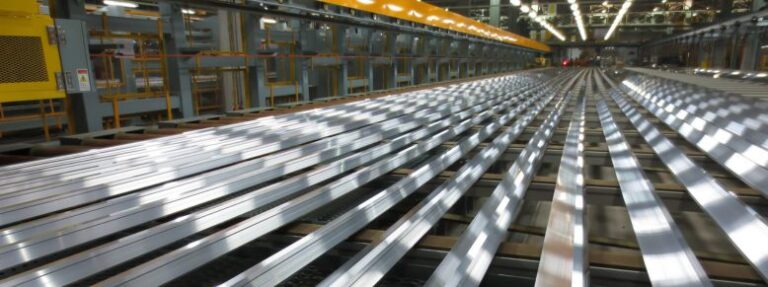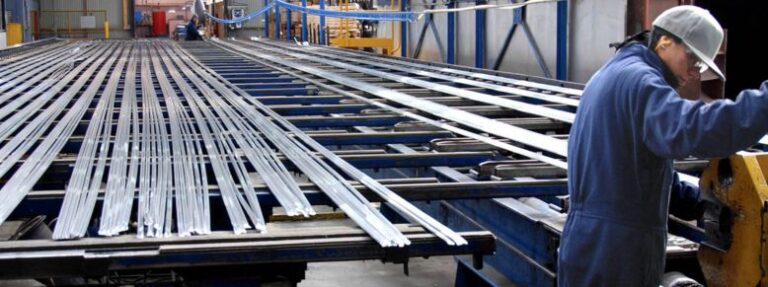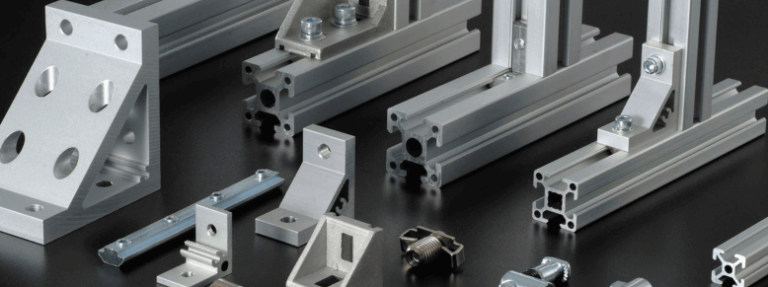The aluminium manufacturing industry is in many industries, such as construction, transport and packaging, and consumer products. Although regarded as strategic, the industry suffers from several critical challenges that define its growth, sustainability, and competitiveness. This article overviews the greatest challenges faced by the aluminium makers and measures being taken to address challenges.
Raw Material Costs and Availability
A major internal threat that Aluminium Manufacturing Industry faces is the intentional nature of raw materials – bauxite and energy. The raw material, which has a direct usage in the manufacture of aluminium, namely bauxite, is also subject to price fluctuations as influenced by geopolitical tendencies and disruptions of the supply chain, together with alterations in demand. Another problem that relates to the costs since they form a big proportion of production costs is energy costs. The highly electrical energy-demanding nature of aluminium smelting makes the industry’s operations sensitive to changes in the price and supply of the input in question.
To counter these problems, a number of manufacturers are turning to vertical integration, establishing their own sources of bauxite as well as power. Further, some firms are looking for other sources of silica and better ways to minimize reliance on traditional sources of silica.
Environmental Concerns and Regulations
There are rising pressures on the aluminium industry to minimize the impact of its production on the environment. The whole production process, including the aluminium profile manufacturing process is energy requiring and in this course releases greenhouse gases. Inequality still relates to different degrees of stringency or enforcement of the environmental protection laws, and growing consumer concern about environment has also forced manufacturers to adopt environment-friendly manufacturing techniques.
Therefore, most organizations are directing their cash to cleaner technologies like the inert anode technology which cuts on carbon impacts. Recycling has also now transitioned to being addressed, as recycled aluminium only uses 5% of the energy used in the production of primary aluminium. This has led to new efforts to try and incorporate more recycled content into manufacturing processes as well as to enhance the functioning of recycling systems.
Global Competition and Market Volatility
The aluminium manufacturing industry operates in a very competitive environment on the international level. Newly industrialized economies, especially the Chinese, have invested in capacity, allowing for oversupply and, therefore deflation. This worldwide competition has contributed to mergers among the participants whereby the large firms merge with or acquire the small firms with the aim of expanding market share, and this corresponds to large-scale production.
Market volatility, with respect to trends in policies on international trade, economic cycle, and consumer preference, is yet another hurdle. In this regard, manufacturers have to get used to modifying their strategies with respect to such vagueness. Some have employed diversified strategies as far as markets and products are concerned so as to develop a niche in the marketplace.
Technological Advancements and Innovation
Continued improvement in technology is important in the manufacturing of aluminium in bid to meet the market competition. The aluminium profile manufacturing process, for instance, is dynamic, from the new extrusion techniques that are being developed to the new alloys that are being developed. One of the issues that manufacturers come across is the fact that for new technologies to be adopted, there is a need to part with some cash and, in the end, achieve better efficiency.
Emerging technologies, which include more use of 3D printing with aluminium, advanced forms of alloys for various uses, and other smart methods of production, are revolutionizing the industry. Those organizations that do not incorporate the new technologies into the system stand at a high risk of facing stiffer competition from organizations that are more innovative.
Workforce Challenges
The aluminium industry, as other manufacturing industries, faces certain problems with the labour force. Aging employees and challenges in recruiting young people for manufacturing are compromising skills. It needs skilled personnel to undertake work on different levels of manufacturing, including the use of metallurgy and other special manufacturing processes, automation technologies, among others.
To this end, most organisations are running training initiatives, apprenticeship schemes and collaborations with learning institutions. Some of the other issues have now shifted to increased efforts at enhancing safety at work and the adoption of better ergonomic practices as a way of enhancing the appeal of the sector to prospective talent.
Changing Customer Demands
This has the effect of making the aluminium industry be responsive to new customers and their demands. In the automotive industry, for instance, there is increasing use of lightweight for fuel economy and for the growth in the electric car business. The trend in packaging is now about sustainable packaging, and this means that there is a drive towards packaging that can be recycled to some extent.
In order to satisfy these new requirements, manufacturers devote increasing attention to the development of new alloys and corresponding products for new specific uses. They are also very engaged with their clients, and they endeavour to identify their needs and help fashion solutions to these needs.
Trade Policies and Tariffs
Trade policies and tariffs also affect the aluminium Manufacturing Industry in a huge way. Fluctuations in trade relations, foreign policies, import/export policies, or even tariffs can shift the competitive balance in a relatively short space of time. For instance, the current world has witnessed a standoff involving the main producers of aluminium that has been marred by the imposition of tariffs and restrictions in trade.
The companies are thus managing this through the expansion of their market coverage, having production centres in different countries, and engaging in dialogues with policymakers aggressively demanding fair deals.
Conclusion
The aluminium Manufacturing Industry exists in a very competitive environment and faces numerous issues that are not easy to solve. All these factors and many others make the management of the industry dynamic, as it includes controlling of costs such as raw material costs, environmental impacts, changes in technology, and customer needs. Those firms that are capable of managing these albatrosses through innovation and implementing sustainable strategies and structure adjustments will be in good stead to operate in the future aluminium market. It is essential for manufacturers, policymakers, and other groups in the industry to come together as the required change in the aluminium industry unfolds in the future.

